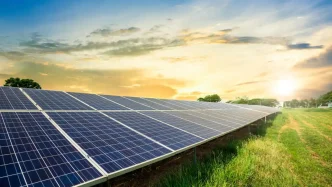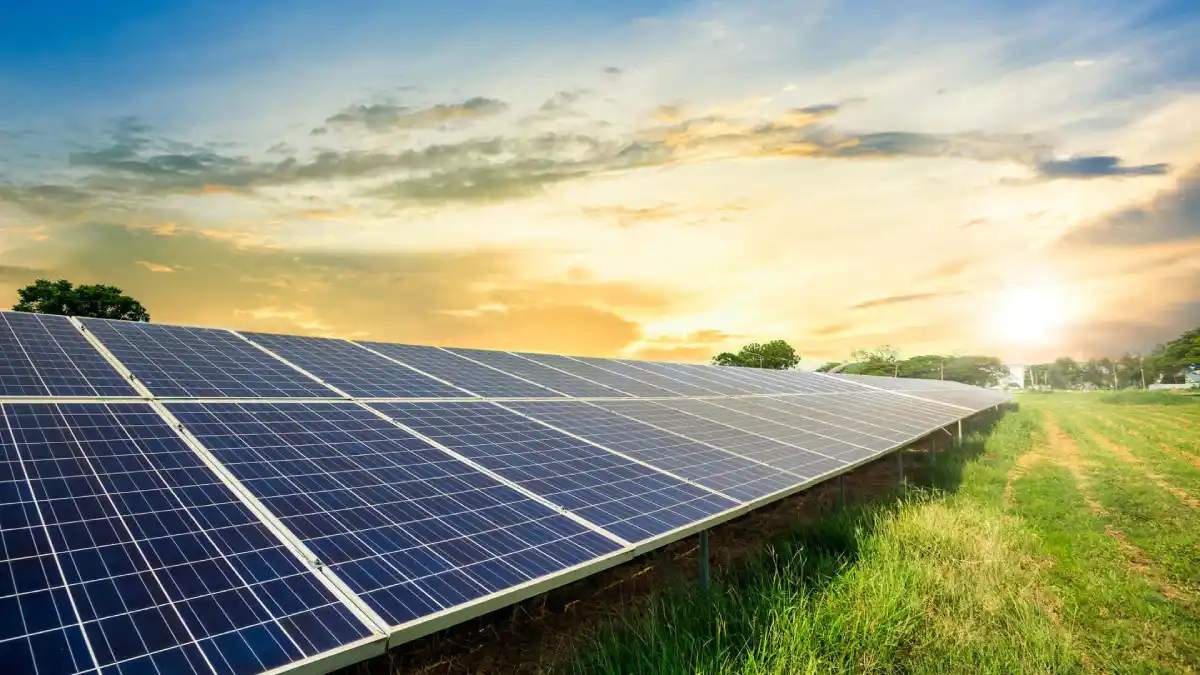In the heart of Mindanao, the Philippines’ second-largest island group, a quiet revolution is underway. Known as the Land of Promise for its breathtaking landscapes and rich cultural tapestry, Mindanao is now emerging as a potential hub for renewable energy. Amid lush forests, pristine beaches, and vibrant communities, initiatives like Mindanao Goes Solar are striving to harness the region’s abundant sunlight to power a greener future. Yet, as the island grapples with electrification challenges and environmental concerns, the path to a clean energy transition remains fraught with obstacles.
Kickstarting a Clean Energy Future
Mindanao’s energy landscape is a paradox. Despite its vast potential for renewable energy—spanning hydropower, geothermal, and solar—the region lags behind in electrification compared to the Philippines’ other major island groups, Luzon and Visayas. According to the Global Energy Monitor, Mindanao faces the dual challenge of expanding energy access while balancing social and environmental priorities. With many communities still off-grid, particularly in geographically isolated areas, the need for sustainable solutions has never been more urgent.
Enter Mindanao Goes Solar, an advocacy arm of Professional Organizers Unlimited Inc., a Cagayan de Oro-based events and creative agency. Launched in 2022, the initiative aims to accelerate the region’s transition to clean energy by promoting solar power as a viable and affordable solution. Philline Donggay, project lead for Mindanao Goes Solar, emphasized the transformative potential of solar energy when he said “Solar, which is abundant in the country and is now the cheapest source of energy in the region and elsewhere, is the optimum solution to kickstart Mindanao’s clean energy transition” she said.
Ms. Donggay highlighted how solar photovoltaic (PV) technology, with its decentralized and distributed nature, is uniquely suited to address the energy needs of Mindanao’s remote communities. “This could help the regions finally achieve 100% electrification” she noted. In urban centers and surrounding municipalities, rooftop solar PV also offers a way to reduce reliance on the fossil fuel-heavy grid, thereby cutting greenhouse gas emissions.
Aligning with the Mindanao Development Authority’s short-term goal of achieving 50% renewable energy by 2030, Mindanao Goes Solar envisions a long-term future of a clean, just, and equitable energy transition. Their mission is to optimize solar technology to meet the needs of every household, business, and community across the island. But raising awareness among power consumers, policymakers, and stakeholders about the benefits of solar remains a significant hurdle.
Building Awareness Through Innovation
For the past three years, Mindanao Goes Solar has been at the forefront of promoting the local solar industry, bridging the gap between consumers and suppliers. Their initiatives, often conducted in the local Bisaya language, include creative and engaging campaigns like Solar Week broadcasts, the Solar Talks series, and experiential projects such as Solar Suroy and SolAroundYou. These efforts aim to make solar energy relatable and accessible to Mindanao’s diverse population.
Public-facing projects, such as solar charging stops, solar sheds, and outreach programs to remote communities in areas like Siargao and off-grid islands in the Moro Gulf, bring solar technology directly to users. “These projects help heighten awareness of solar to Mindanao power consumers while experiential promotions bring solar directly to the user” Ms. Donggay explained.
One of the group’s flagship events is the Mindanao Goes Solar Expo, held annually in key cities like Davao and Cagayan de Oro. The 2025 expo, which took place on June 6 at Abreeza Mall in Davao City, featured over ten solar service providers, including AC Tech Solutions, Greenergy, and Sunstruct Solutions. The event also hosted talks by regional solar energy experts, fostering dialogue on technology, policy, and financing. Such expos not only connect providers with potential clients but also educate the public on the practicalities of adopting solar power.
Navigating Challenges in a Fledgling Industry
Despite these strides, the road to widespread solar adoption in Mindanao is not without challenges. Ms. Donggay identified three major roadblocks during her interview with Asia News Network on July 9, 2025. First, the local solar industry is still in its infancy, with many service providers struggling to sustain operations. To address this, Mindanao Goes Solar conducts regular needs analyses to support suppliers, assisting with business permits and training referrals to professionalize the sector.
Second, the implementation of solar policies, such as Net Metering—a system allowing consumers to offset electricity costs by feeding surplus solar power back into the grid—remains inconsistent. The initiative counters this by organizing knowledge sessions for stakeholders to better understand and advocate for supportive policies. Finally, solar financing poses a significant barrier for many consumers. Mindanao Goes Solar engages with financial institutions to promote clean energy financing options, making solar PV more affordable for households and businesses.
These actionable measures reflect the group’s determination to overcome systemic challenges. By addressing both supply-side and demand-side barriers, they aim to create a robust solar ecosystem that can thrive in Mindanao’s unique context.
Future Plans and Expanding Reach
Looking ahead, Mindanao Goes Solar is set to roll out new initiatives to bolster the region’s solar industry. Among their upcoming projects is the launch of a verified list of solar service providers operating in Mindanao which will help to ensure that only credible and trustworthy solar services are offered to Mindanaoans said Ms. Donggay. The effort is designed to support industry professionalization by guaranteeing in-region maintenance services for consumers.
The group also plans to expand the reach of its educational and experiential campaigns to more cities and off-grid communities in the coming months. Their goal is to position Mindanao Goes Solar as the primary communicator and innovator of solar-related information in the region. “The theory of change is that Mindanao Goes Solar becomes the primary communicator and knowledge sharing innovator of information related to solar in Mindanao” Ms. Donggay elaborated. By enriching the local solar ecosystem and fostering partnerships, they hope to drive solar adoption at scale.
Collaboration is central to their strategy. Mindanao Goes Solar welcomes partnerships with a wide range of stakeholders, from local businesses to international organizations. Their openness to innovative ideas underscores their commitment to a collective effort in transforming Mindanao’s energy landscape.
The Bigger Picture: Energy and Equity
Mindanao’s push for solar energy is more than a technological shift; it’s a step toward equity and sustainability. The region’s electrification challenges are deeply tied to broader issues of poverty and geographic isolation. By prioritizing decentralized solar solutions, initiatives like Mindanao Goes Solar address not just energy access but also the socio-economic disparities that have long plagued the island.
Moreover, the environmental stakes are high. Mindanao’s grid remains heavily reliant on fossil fuels, particularly coal, contributing to the Philippines’ overall carbon footprint. Transitioning to renewables aligns with national climate goals and global sustainable development objectives, offering a pathway to reduce emissions while preserving the island’s natural beauty.
Yet, the journey is far from complete. The success of Mindanao’s clean energy transition hinges on sustained policy support, increased investment, and widespread public buy-in. As Ms. Donggay and her team continue to educate and innovate, their work raises a critical question: can solar power truly fulfill Mindanao’s Land of Promise moniker by delivering both energy and opportunity to its people?
As initiatives like Mindanao Goes Solar gain momentum, the region stands at a pivotal moment. The promise of a greener, more equitable energy future is within reach, but its realization will depend on overcoming entrenched challenges and building a movement that leaves no community behind.
















